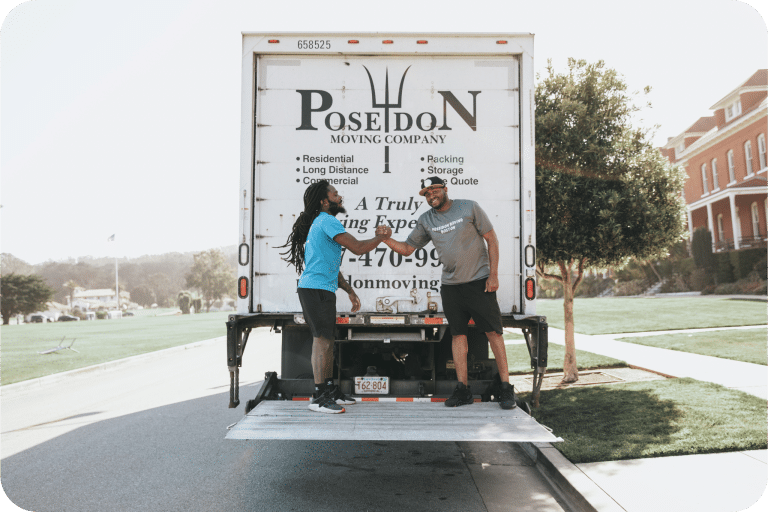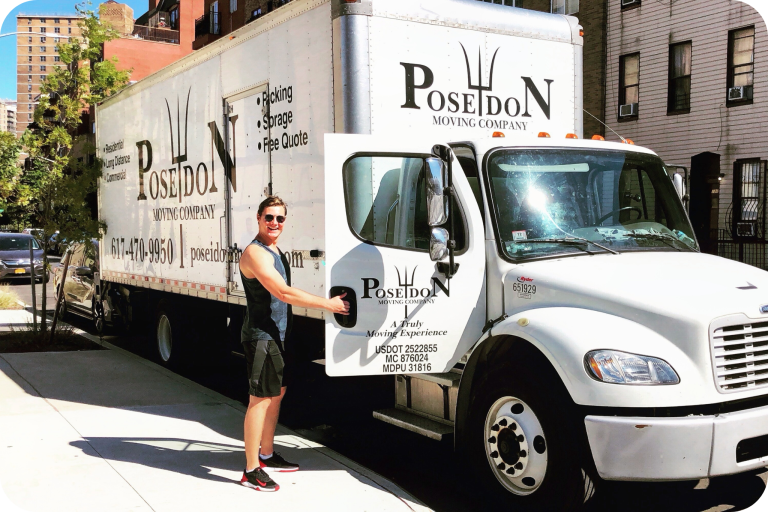Why Reserving a Parking Spot for Your Moving Truck is Essential in Los Angeles
Los Angeles is a bustling city with limited parking, making it crucial to reserve a spot for your moving truck. Without a permit, you risk fines, towing, or difficulty accessing your new home due to restricted parking zones. Reserving a parking spot ensures compliance with local regulations and minimizes delays during your move. This proactive step saves time, reduces stress, and protects you from unexpected fees, allowing you to focus on settling into your new home smoothly.
Types of Parking Permits You May Need for Moving in LA
To ensure a smooth Los Angeles move, you may need one or both of the following permits:
1. Oversize Vehicle Parking Permit
Required for trucks exceeding 22 feet in length, 7 feet in width, or 8 feet in height. Allows legal parking in designated areas.
2. Temporary No Parking Signs
Used to secure a parking space directly in front of your building. Prevents others from occupying your reserved spot. These signs must be posted 24–48 hours before your move to allow for enforcement.
Step-by-Step Guide to Apply for a Moving Truck Parking Permit
Follow these steps to secure your parking permits in Los Angeles:
1. Visit the LADOT Parking Permits Page
Go to the official LADOT website for applications and resources.
2. Choose Your Application Method
Apply online or in person at a LADOT Public Service Center.
3. Prepare Your Information
Provide details such as:
– Vehicle type and dimensions
– Parking location and duration
– Moving date
4. Submit Your Application Early
Apply at least two to three weeks in advance to account for processing times.
5. Display Your Permit
Once approved, place your permit in a prominent spot on your truck to comply with local regulations.
Costs and Fees for Parking Permits in Los Angeles
Understanding the costs involved can help you budget effectively:
– Oversize Vehicle Parking Permit: $10 per day (valid for up to three consecutive days).
– Temporary No Parking Signs: Costs average around $250, including fees for placement and removal.
While these expenses may seem high, they’re a small price to pay compared to potential fines, towing costs, or delays. Planning for these costs ensures a smoother moving experience.
Tips for Ensuring a Smooth Parking Permit Process
1. Apply Early
Begin the process as soon as you know your moving date, ideally two to three weeks in advance.
2. Double-Check Details
Ensure all information on your application is accurate, including your address, truck dimensions, and move duration.
3. Coordinate with Building Management
If using Temporary No Parking Signs, confirm their placement aligns with your building’s guidelines.
4. Keep Copies of Permits
Have physical and digital copies readily available on moving day.
5. Consider Alternative Solutions
For areas with limited parking, explore options like off-hours moving or shuttle services between your residence and a legally parked larger truck.
Where to Find Official Information on Parking Permits in LA
For accurate and up-to-date details, visit the Los Angeles Department of Transportation (LADOT). The LADOT site provides:
– Detailed permit requirements
– Application links
– Contact information for assistance (Call: (310) 843-5936, Monday to Friday, 9:00 a.m. – 5:00 p.m.)
Avoid third-party websites that may charge unnecessary fees. Stick to the official LADOT site for reliable information.













